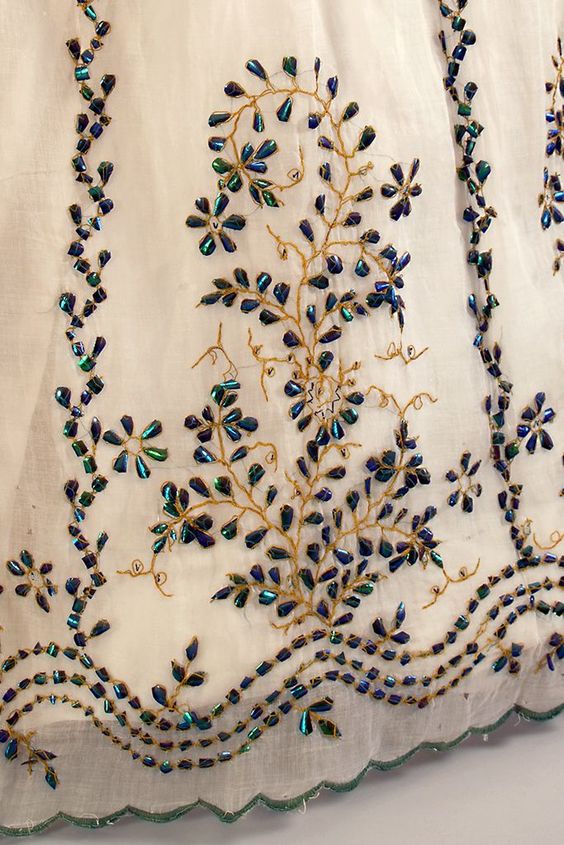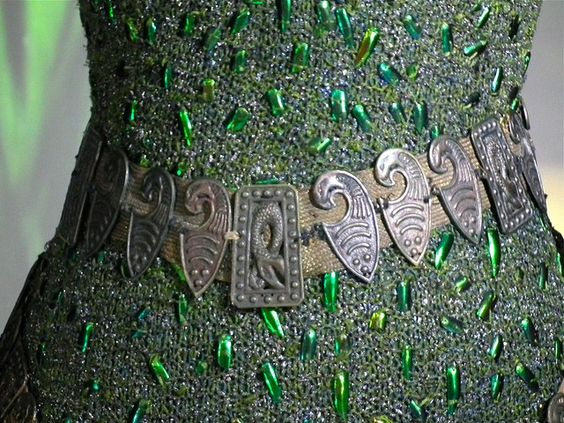
For Costume College this year I’m joining a group of other costumers in donning our very best 1920s daywear in imitation of the incomparable Miss Phryne Fisher! Aside from her undeniable stylishness, the comfort factor was a big influence on my decision to join the crowd– Los Angeles in July just cries out for flowy, comfortable clothing, and 1920s outfits fit the bill admirably.
I actually wore some 1920s daywear last year as well, but thought I’d mix it up a bit this year and go with a jacket-and-pants combo, since Miss Fisher makes it look so darned good. Rather than try to sew the main pieces myself (pants scare me), I did some judicious sourcing of pre-made pieces, one of which was this jacket!
This fabulous kimono-style jacket in embroidered chiffon looks oh-so-1920s and cost just about $20 on eBay. Score! It’s actually listed as an abaya— commonly worn by Muslim women– but it works perfectly as an over-jacket for this period. I’m a sucker for embroidery, and the style of this multicolored embroidery just hit the spot for an art deco-ish look.











 \
\










